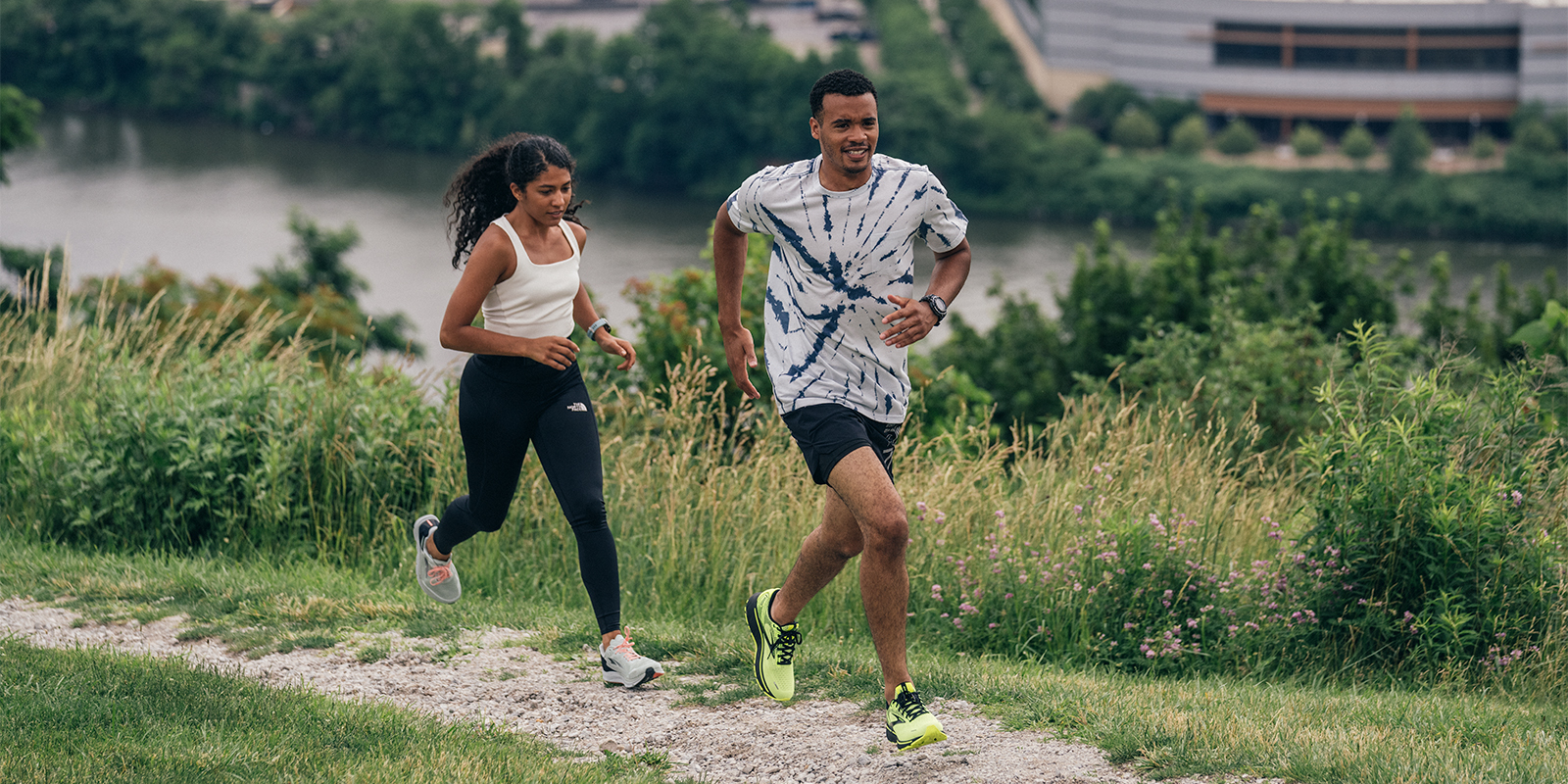Runners of all kinds find that treadmills help their training. Maybe you live in a place with poor running options out the front door, or long periods of bad weather make indoor running key to staying fit. If you live in a flat area, a treadmill with an incline can help you prepare for hilly races; some models automatically adjust to a course you enter. Owning a treadmill can also save money on a gym membership. Whatever the reason, if a treadmill helps you stick to a training schedule, it’s a great investment. Here’s how to buy the right one.
Treadmill Styles
Motorised
Standard treadmills use a motor to run the belt at varying speeds (they have various horsepower options, more on that below). The first thing you’ll want to do is make sure you have space for one. These treadmills are typically 77 inches long by 35 inches wide but keep in mind, you’ll need two feet on each side of the treadmill and six feet behind for safety. You’ll also be at least 15 inches off the ground, so check low ceilings. In general, these are the best choice for long miles and extended use, but they can be expensive.
Manual
This treadmill style is human-powered, meaning it does not have a motor. Each footstrike propels the belt, which requires additional effort from the runner, providing a higher intensity workout. The human-powered design makes for a more natural running experience. Manual treadmills don’t require electricity, so they don’t have to be near an outlet. They’re also quieter, and they’re more compact than motorised models.
Hybrid
Some treadmills have both options: using a motor or running in manual mode. They’re a good choice if multiple people with different preferences will be using the treadmill. Walkers often prefer manual treadmills.
Foldable Treadmill
If space and storage are a concern, consider a folding treadmill, which can be moved and stored more easily. They come in both motorised and manual models. Foldable treadmills are typically shorter in length, so check the belt length to make sure it’s long enough for your stride. Folding models have fewer features but are typically more affordable. But the hinge and overall lighter construction make them less sturdy than a standard treadmill. Tip: Try folding it and moving it before buying, to make sure it’s as easy as you need.





